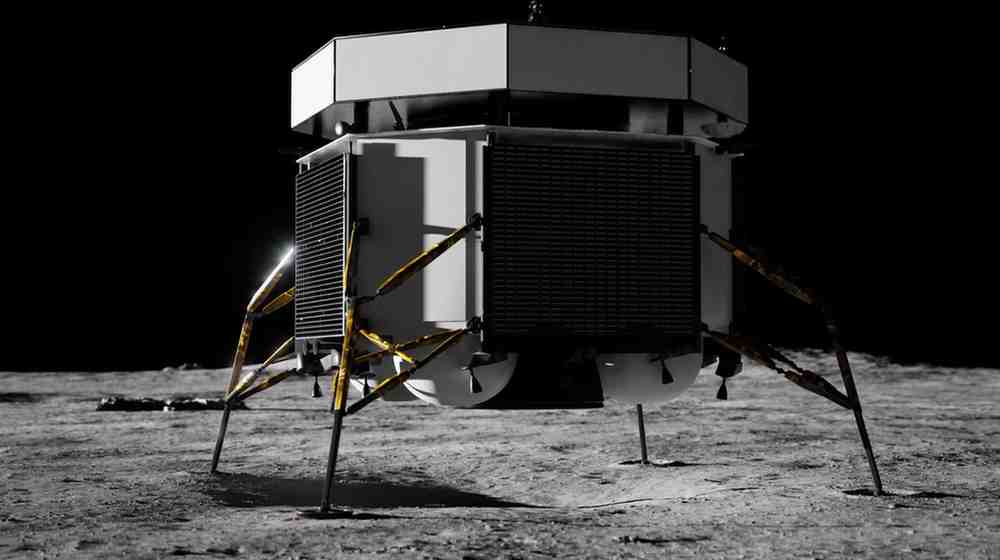Drones have emerged as an important military platform in modern times, shifting how militaries engage in conflicts. It won’t be far-fetched to say that drones are likely to become the cutting-edge technology that will shape the outcome of future wars. Drones have revolutionized modern warfare by offering a cost-effective, flexible, and low-risk alternative to traditional combat methods. With advancements in artificial intelligence and drone swarming, they are set to become an indispensable asset in future military engagements. Beyond traditional uses in Intelligence, Surveillance, and Reconnaissance (ISR) or precision strikes, drones are also utilized for broader information warfare. Furthermore, countries are now integrating AI in drone systems in the form of drone swarms to dominate the battlefield.
Drones as compared to manned aircraft are cheaper to manufacture and maintain. One of many reasons is that many components of drones are mass-produced for different commercial applications that reducing the production cost and making the manufacturing of drones cheaper. Similarly, the concept of risk compensation suggests that if something becomes safer, people may do it more frequently. Most of the time the fear of military casualties often influences public opinion and political will, leading to a hesitancy to engage in military operations. However, drones tend to minimize the risk to soldiers, thus altering the public and political perception and willingness regarding the use of drones. Moreover, drones provide real-time aerial documentation of conflict zones that later is used for broader information warfare. Drones also offer operational advantages. They require less training than piloted aircraft, and their ability to launch from remote areas without runways provides increased flexibility making them an attractive option.
The high cost of countering drones compared to the relatively low cost of drones themselves is noteworthy. According to U.S. estimates, each domestically-made drone costs approximately $2,000, whereas countering them can be exceedingly expensive. For example, munitions deployed by U.S. warships in the Red Sea to neutralize drones range from $1 million to $4.3 million per unit. This stark cost disparity creates a strategic advantage for drone operators, as even unsuccessful drone missions impose a substantial financial burden on the defending side. The economic impact of counter-drone efforts highlights the challenges of modern defense strategies. While drones represent a low-cost investment, the resources required to neutralize them are significantly higher
In the Russia-Ukraine Conflict, both sides are prioritizing drones to strike each other’s facilities and opting not to deploy their fleets of manned aircraft. This choice stems from the significant risks posed by both sides’ surface-to-air missiles that endanger pilots supporting ground operations. Consequently, Moscow and Kyiv have engaged in a less costly warfare through drones. Similarly, the utilization of drones by Azerbaijan in the second Nagorno-Karabakh conflict played a significant role in determining the outcome of the war.
Major states are closely tracking the rapid advancements in drone technology and are actively investing to keep pace with this transformative trend. At the forefront of this race are the United States and China, both competing to dominate the drone industry. A key focus for both is the integration of artificial intelligence into their drone programs, with particular emphasis on drone-swarming technology. This approach, which leverages AI to enable drones to operate collaboratively in coordinated swarms, represents a significant leap in military capability and is central to their efforts to outmaneuver each other in this technological race.
In drone swarming, hundreds even thousands of drones engage in a coordinated battle. The US says it has no choice but to keep pace with Beijing. Chinese officials say AI-enabled weapons are inevitable so it can be argued that China is also working on swarming technology. China has conducted drone swarm tests in 2017 and 2020 as well. Similarly, the US also tested this technology in 2024. The implications of drone swarms are substantial, as they provide a cost-effective means of executing high-impact missions. Such swarming capabilities can outmaneuver traditional defenses; as large numbers of drones make it challenging for conventional air defense systems to intercept every threat effectively.
In conclusion, drones have revolutionized modern warfare, offering cost-effective, flexible, and low-risk alternatives to traditional combat methods. Their integration with artificial intelligence and drone-swarming technology has enhanced their effectiveness, enabling coordinated operations that can overwhelm conventional defenses. Drones have proven decisive in conflicts like Russia-Ukraine and Nagorno-Karabakh, demonstrating their strategic value while minimizing human and financial costs. As drones continue to evolve, they are set to become indispensable in shaping the nature and outcomes of future conflicts.
Ahmad Ali
Ahmad Ali is a Research Associate at the Strategic Vision Institute, Islamabad. He can be reached at ali921887@gmail.com.
- This author does not have any more posts.












